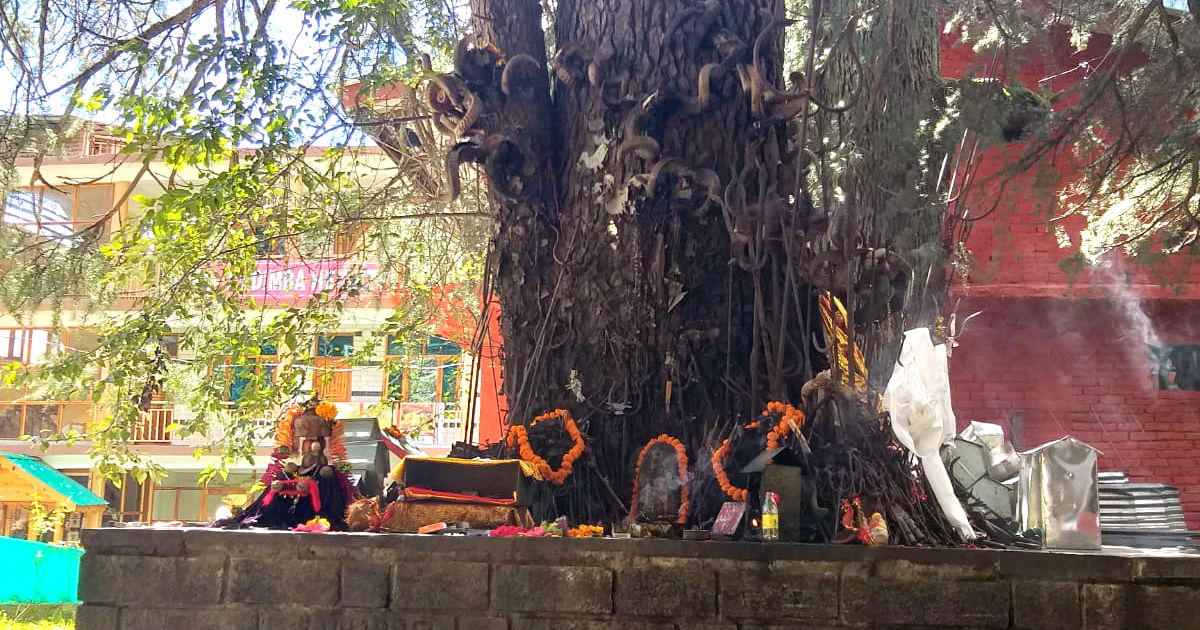The divine is everywhere, within us and outside of us. We have to become aware of the presence. Walk into a garden and be surrounded by the fragrances. Hear the singing of the birds and the buzzing of the bees. Look up at the sky and see the colours of the sky and the rising sun. Wherever you are you seeing the divine presence. How is it possible?
And now I come to the three hundred and thirty million Hindu deities. It is a metaphor for the numerous forms by which the divine makes itself approachable to us. Viswa-rupa or Virat-Swarup is the cosmic form of God. For Hindus, God is the container of all things. All existence is an expression of the divine. Therefore there is no evil in the world. Evil means devoid of goodness.
The ultimate reality is God
When God is everywhere, how can we say there is evil in the world. What we hate, what we avoid, is also a creation of God. Our values are based on our understanding. Our judgements are also related to our misinterpretation. The Sanskrit word Maya refers to what can be measured and is material. Maya can delude and misguide us. The ultimate reality is God. For Hindus, all creation is divine. Therefore any form of nature can be worshipped.
When one travels in India, one sees many shrines. There is no embarrassment in visualizing God in plants, animals, rivers, mountains and in manmade objects like mortar and pestle. A Hindu deity may be just a rock in a cave, a tree growing in an orchard or a decorated deity in a temple. Anything can be God. In many shrines, deities are given human form merely by placing a pair of eyes and a pair of hands on a rock or a stone.
Eyes represent the sense organs, and the hands represent action organs. This indicates that the deity is conscious, sensitive and responsive. For Hindus contemplating upon the deity is essential. When the deity is gazed upon, the ritual is called darshan. During darshan the deity glances at the worshipper and responds to her/his needs. Thus, darshan draws the transformative power of God into one’s life.
The practise
How do we apply this to our lives in order to become aware and non-judgmental? Close your eyes and breathe. Count your breath backwards counting from 27 to 1. No errors. Say So for inhalation, and Ham for exhalation. Next visualize your breath (while inhaling) ascending through both nostrils, meeting at the eyebrow centre and (while exhaling) descending through both nostrils from the eyebrow centre. This is called triangular breathing. You can continue to use So Ham and practice 27 times, counting backwards.
Next focus on the space behind your eyebrow centre. Visualise a deity, a view, or a garden. Look deeply and neutrally. If other scenes come, let them come and go. After ten minutes, practice triangular breathing and open your eyes. This practice of Chidakash Dharana will enable you to becoming closer to God as you have de-cluttered and freed your mind.
Aim Hrim Klim

